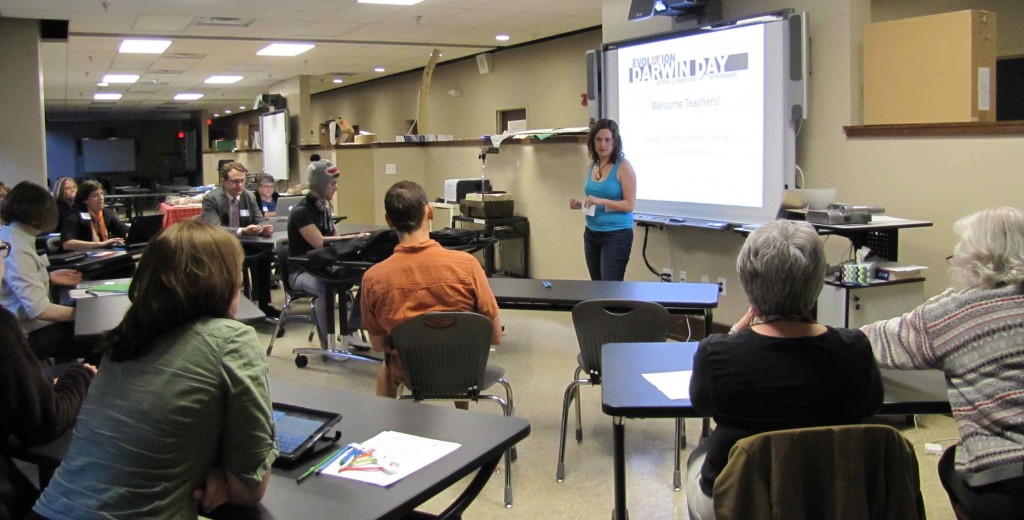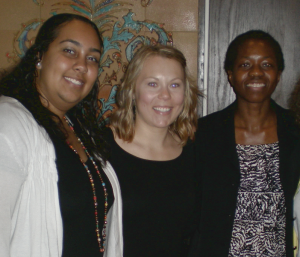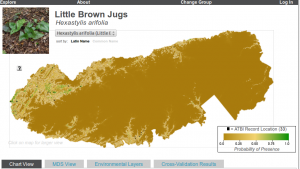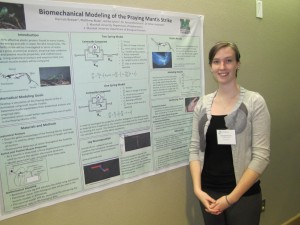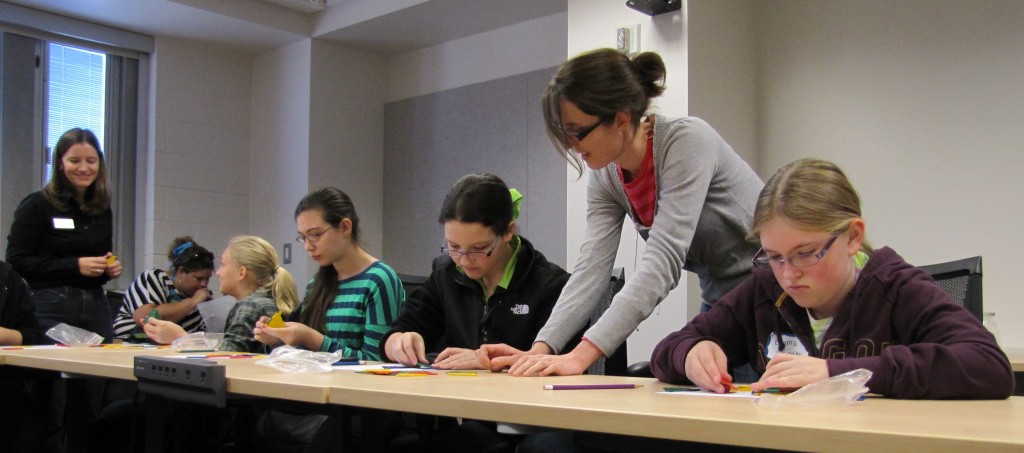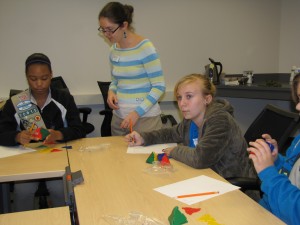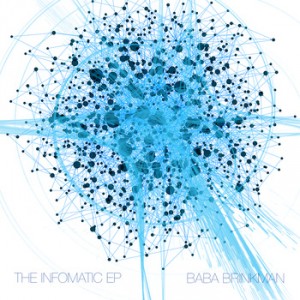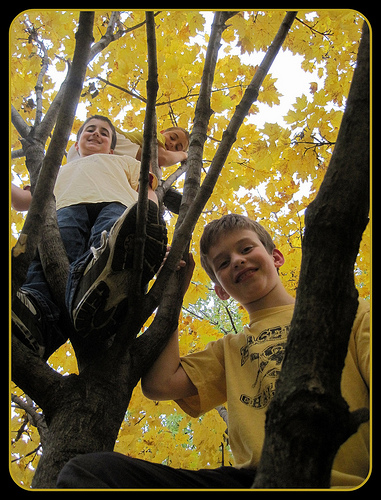
Photo of “Kids in Trees” by Eric Schumuttenmaer via Flickr
A newly revised activity book with K-12 math activities for the forestry-themed Biology in a Box is now available on the NIMBioS web site. NIMBioS’ Education and Outreach team collaborated with the University of Tennessee’s Biology in a Box program to revise the 10 units of the Biology in a Box curriculum enrichment program with additional activities emphasizing quantitative skills. The latest effort, Box 9: Forestry, introduces many ways to measure and quantify trees and forests including diameter at breast height, basal area, stand density, and using a clinometer and trigonometry to measure tree height. Former NIMBioS postdoctoral fellow Emily Moran contributed to the revisions.
The effort to add mathematics to the Biology in a Box program is particularly relevant in light of the Next Generation Science Standards initiative, which promises to promote more connections between math and science in state K-12 curriculum standards. These new science standards, slated to come out in March 2013, will be based largely on a National Research Council’s A Framework for K-12 Science Education. The NRC report calls for standards that emphasize scientific and engineering practice skills at every grade level, and notably at least three of the eight skills that the report defined have mathematical implications — developing and using models, analyzing and interpreting data, using mathematics and computational thinking. The activities found in the revised Biology in a Box could be very helpful to teachers looking to add more quantitative practices to science lessons. In addition, the activities could add value to math class, giving real-world relevancy to math concepts.
Biology in a Box sets are currently in more than 90 school systems in the state of Tennessee, and also in a few surrounding states. “Box keepers” at each school system loan out the units to teachers. Box keepers can request the revised version of the box from Production Manager J.R. Jones at jjone110@utk.edu. If Biology in a Box is not available at your school, you can still download the activity booklets for free as long as they are used with attribution and not for profit. More information about the Biology in a Box program can be found at their website.
Improvements continue for Biology in a Box. Revisions on the final existing unit Box 10: Behavior are nearly complete. A brand new box on biomechanics, which includes elements of engineering, is nearly ready to launch, and another new box, “Cells and Cell Processes,” is currently under development.



